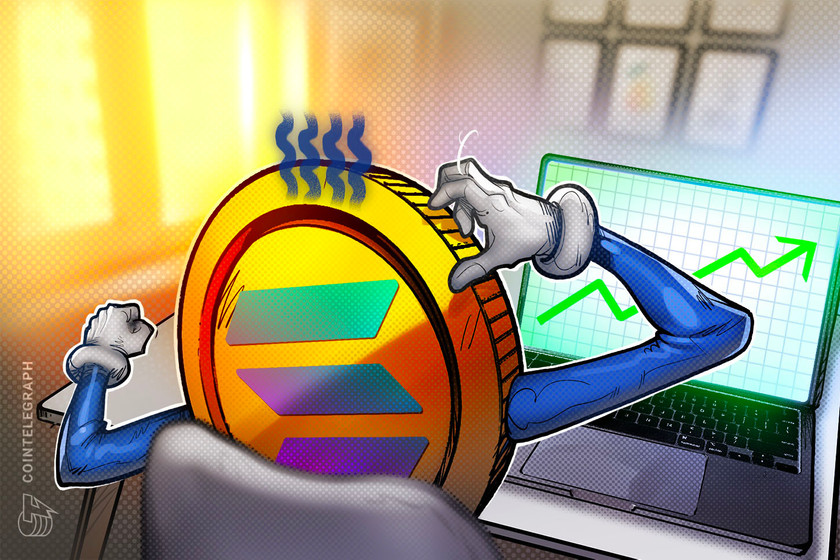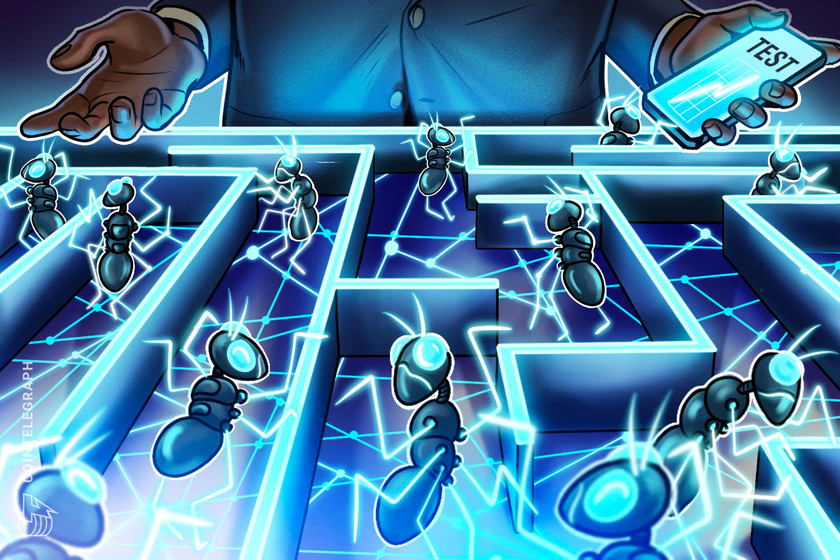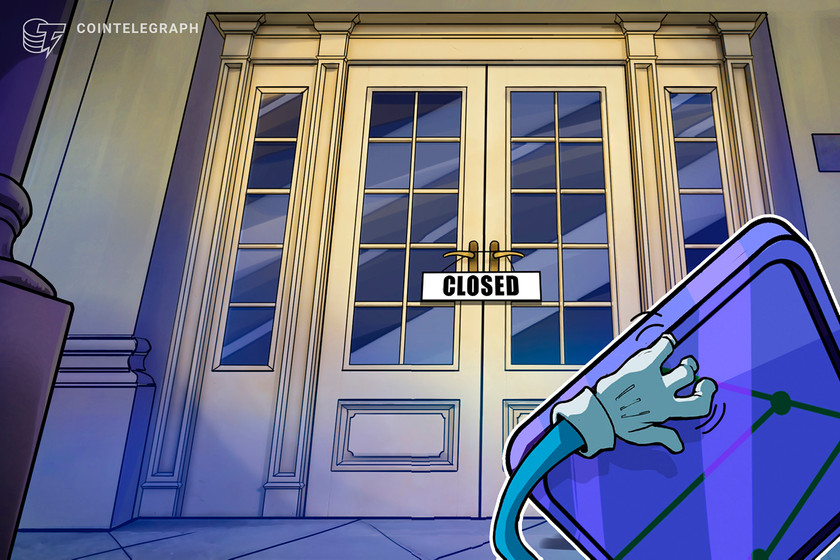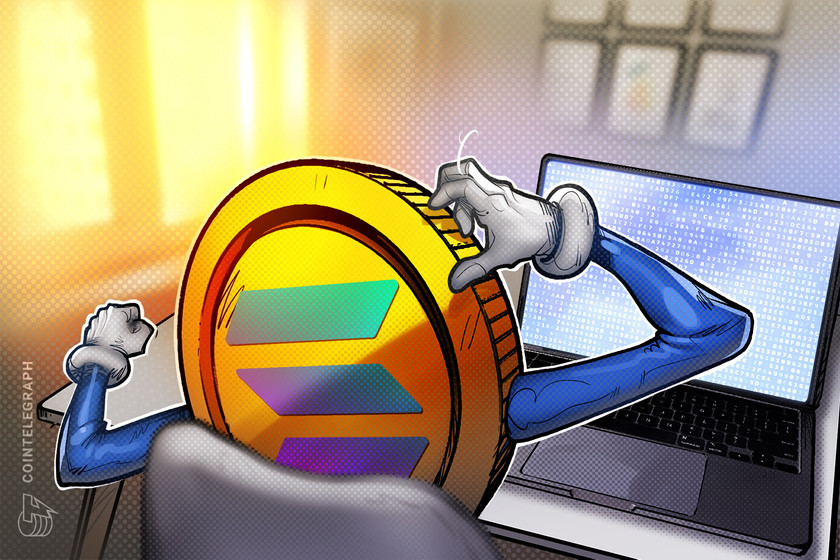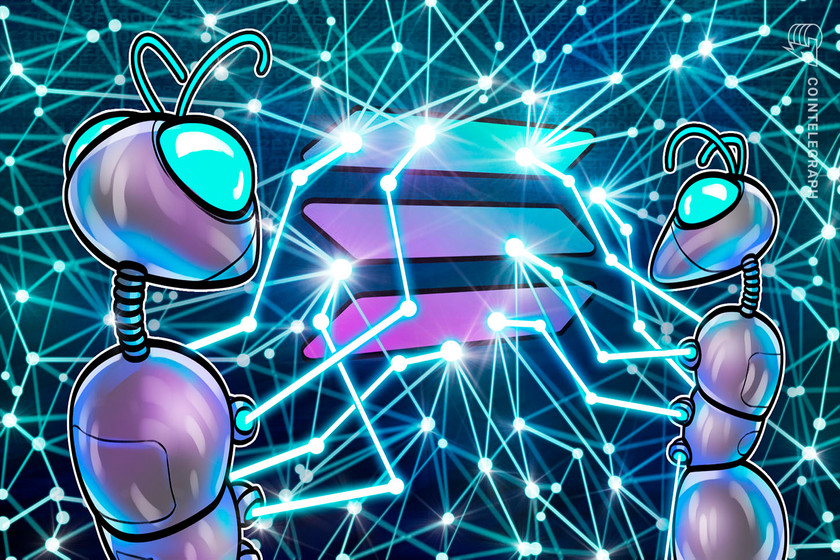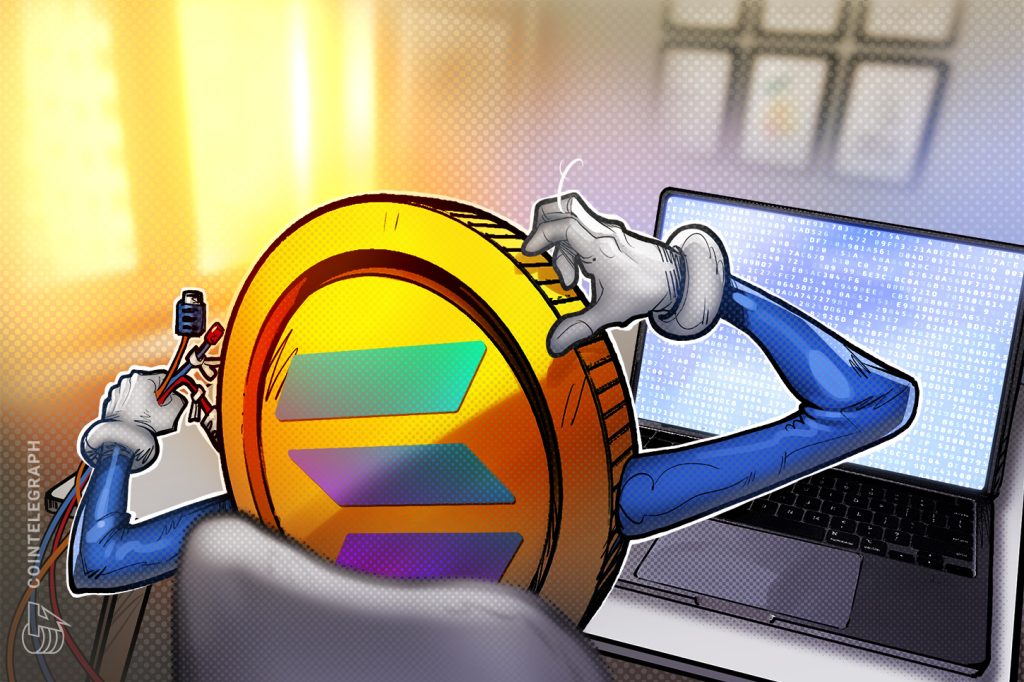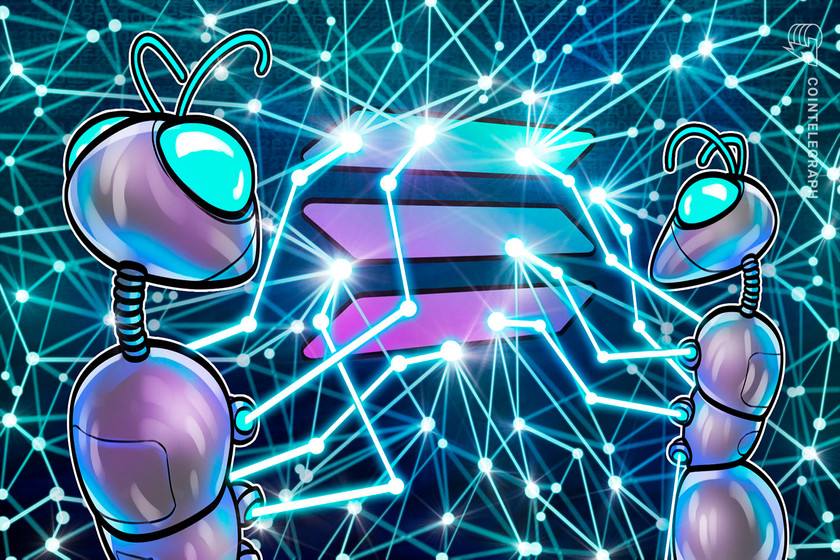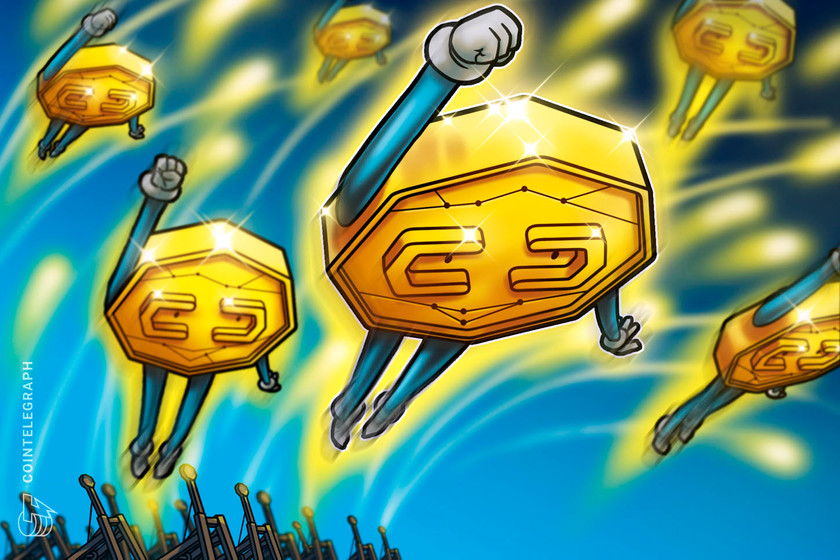Solana overcomes FTX fiasco — SOL price gains 100% in Q1
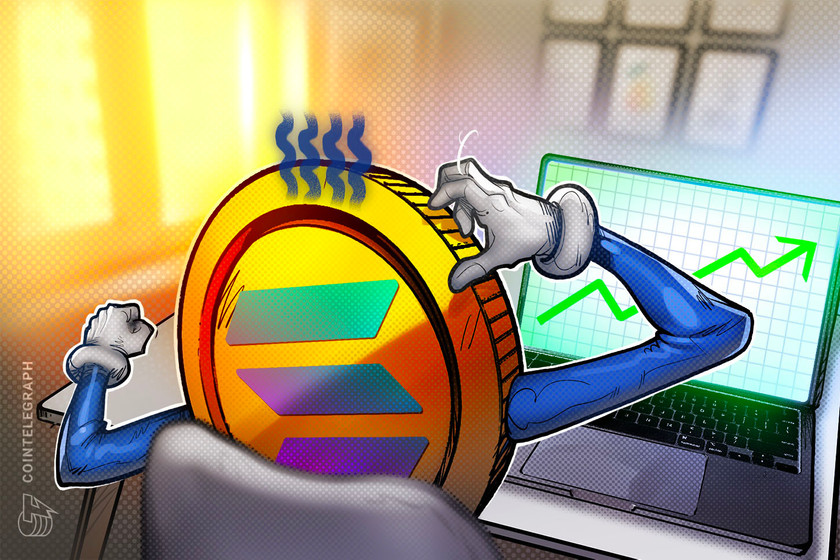

The cryptocurrency market may have overreacted to Solana’s FTX links and its tainted boss, Sam Bankman-Fried.
The price of Solana (SOL) fell nearly 95% in 2022, partly due to its association with tainted crypto entrepreneur Sam Bankman-Fried and his collapsed ventures, FTX and Alameda Research. But so far in 2023, things have improved for SOL’s price.
Solana’s price doubles in Q1/2023
Solana’s price has risen 104% to around $20.60 per SOL in the first quarter of 2023, the highest gains compared to any cryptocurrency in the top 25, including Bitcoin (BTC) and Ether (ETH).


In fact, January was Solana’s best month since August 2021 in terms of price performance.
SOL’s price rallied by about 140% in it without any major fundamentals that could have driven the rates up. Nonetheless, the SOL/USD pair became excessively oversold in December 2022, which may have influenced traders to buy the dip.
The rally also coincided with Messari’s analysis of the Solana ecosystem after the FTX collapse, showing its staking and decentralization were stable and actually improved its position after the FTX fiasco.
“Solana will continue to release a multitude of initiatives, including network upgrades, ecosystem developments, and community efforts, to name a few,” wrote James Stautman, a researcher at Messari, adding:
“After a tumultuous year fraught with one challenge after another, light appears to be at the end of the tunnel heading into 2023.”
In other words, the market may have overreacted to Solana’s ties with Bankman-Fried in Q4 of last year, resulting in a sharp rebound.
What’s next for SOL’s price?
Solana underperformed the broader crypto market in February and March after SOL’s January spike left it technically overbought.
Related: Solana plans to improve its blockchain: Here’s how
Solana’s price lost about 40% from the January peak. Its market dominance (SOL.D) also dropped from 0.98% in January to 0.69% in March, suggesting that traders rotated capital elsewhere.


Nevertheless, as of March 31, Solana is trading above two technical support levels: a horizontal trendline that has capped SOL’s downside attempts mostly throughout Q1/2023 and an ascending trendline that served as backup support in early March when the horizontal one failed.
These two support levels have converged. Therefore, SOL/USD now eyes a short-term bounce from there toward a multi-month support/resistance flip level of around $26.50, as shown below.


That leaves Solana with a 30% upside prospect in April. Conversely, a drop below the two support levels could have SOL’s price retest its March low of $16 as the next downside target.
This article does not contain investment advice or recommendations. Every investment and trading move involves risk, and readers should conduct their own research when making a decision.

